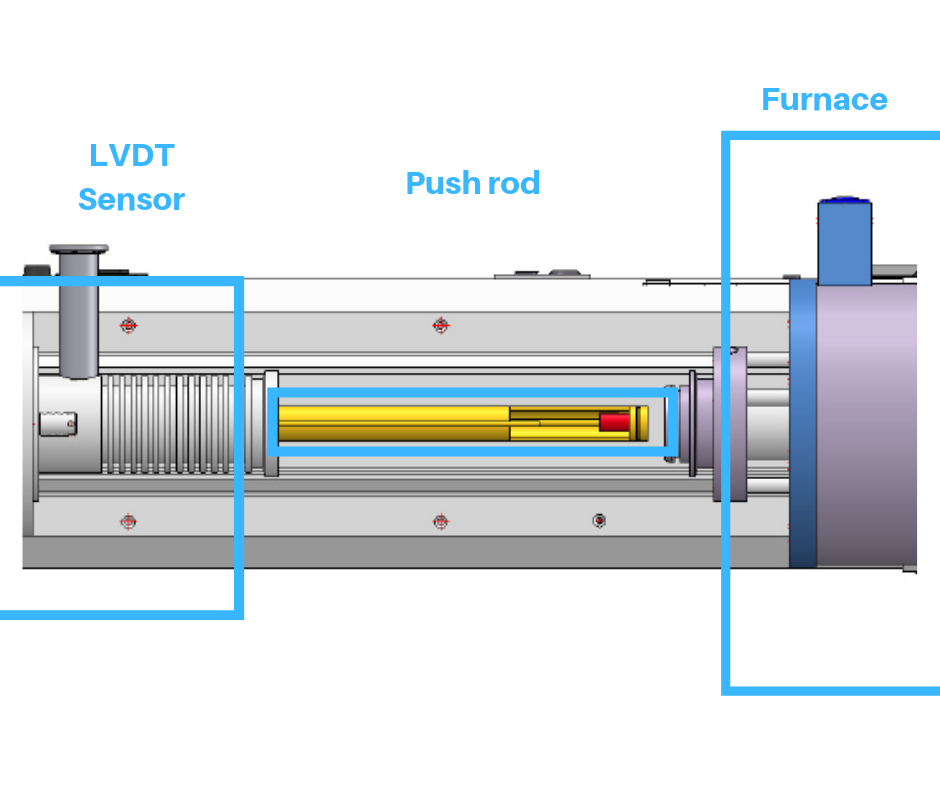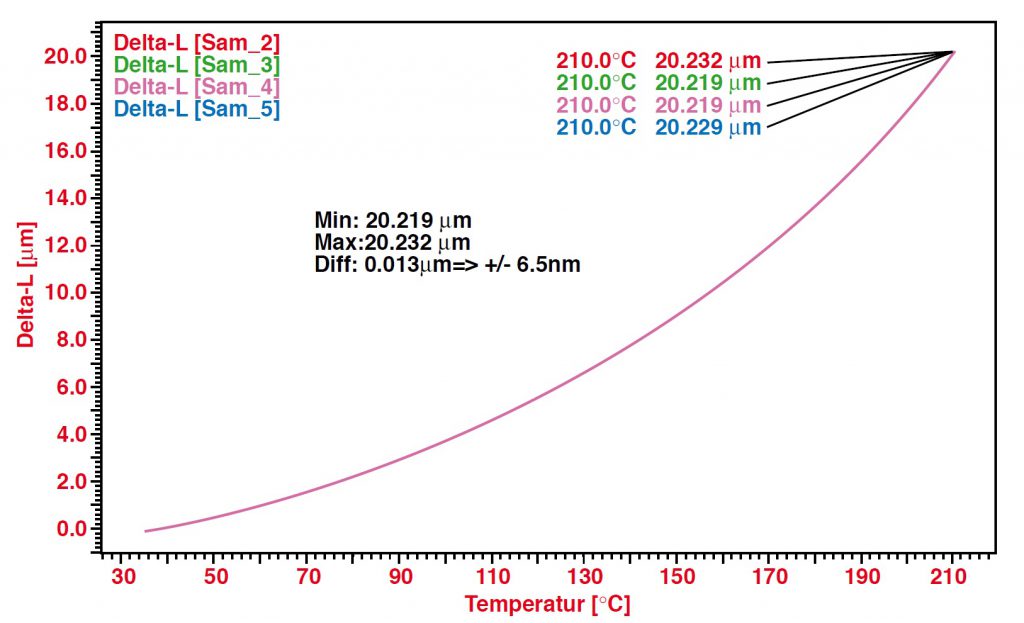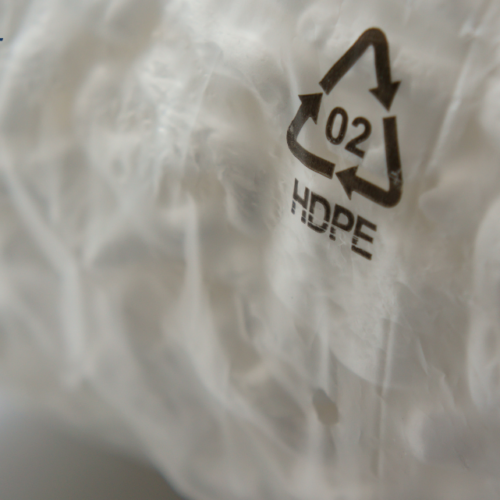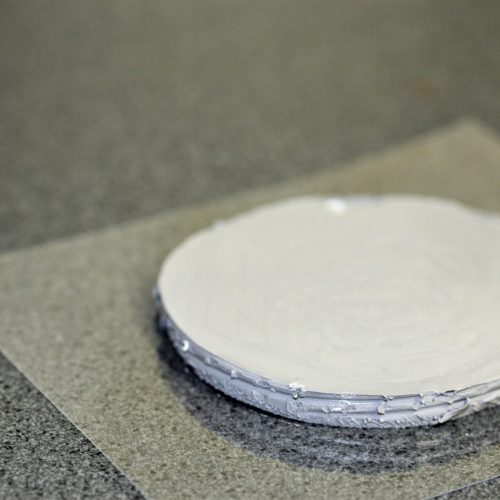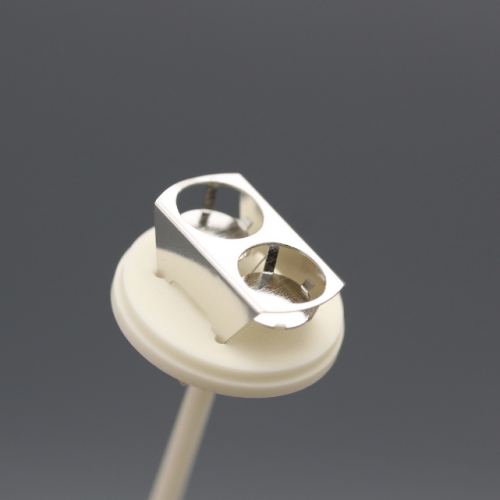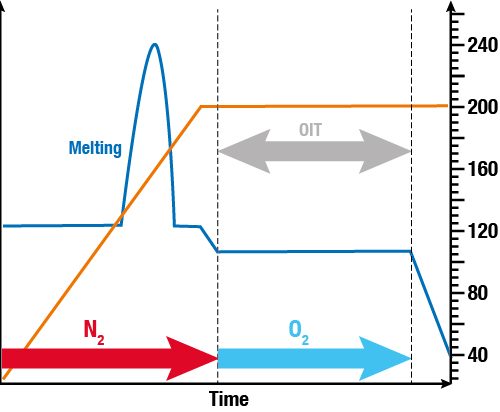Dilatometer types and applications
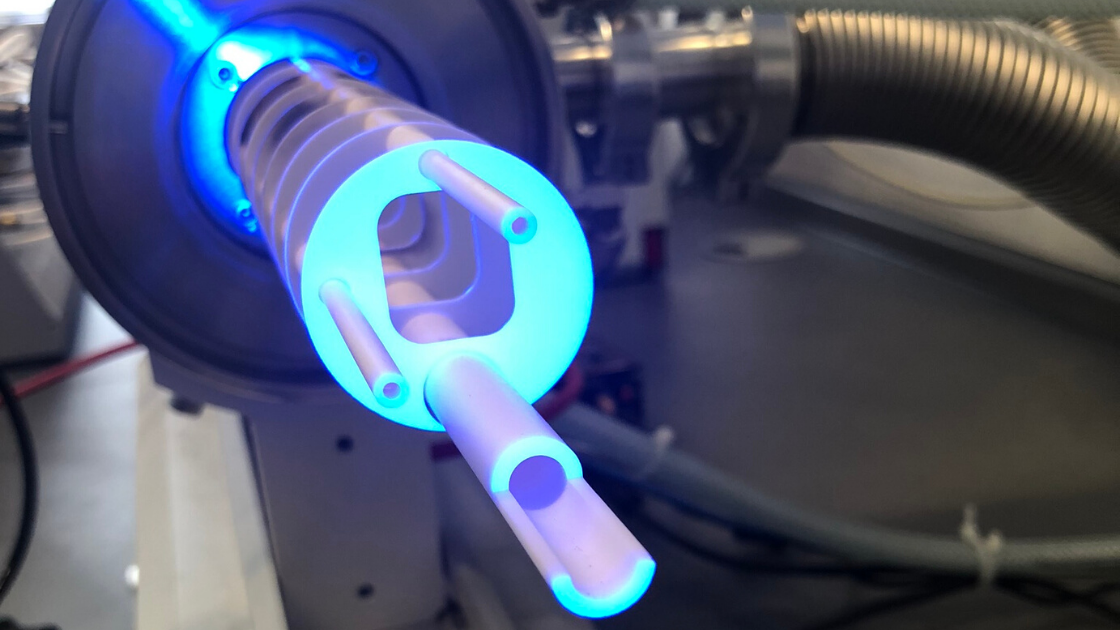
What is a dilatometer?
A dilatometer is a measuring device for recording the dimensional change of a material in a changing thermal environment. The dimension change is recorded as a function of time and temperture and is used to quantify material properties for applications in reseach and production facilities.
The dilatometer instrument turns a mechanical change in dimension into a digital signal using a variety of methods including:
- Linear Velocity Displacment Transducer (LVDT),
- Strain Gauge,
- Michelson Interferometer and or
- optical Images
Types of dilatometers and their applications
Push Rod dilatometer
A pushrod dilatometer uses an Linear Velocity Displacment Transducer (LVDT) to measure the dimension change. The LVDT is attached to the end of a long pushrod. The opposite end of the pushrod reaches into the furnace and touches the sample. As the sample shape changes the pushrod moves the LVDT outside of the furnace to make the measurement. Linseis offers several types of pushrod dilatometers including the Quattro model that can measure four samples with four LVDTs / pushrods in a single heating cycle. This greatly increases testing throughput.
The RITA quenching push rod dilatometer is used to measure phase transformations in metal alloys.
Pushrod dilatometers are suited for many diverse applications in research and manufacturing including: Coefficient of Linear Thermal Expansion CTE, Glass transition, softening point, phase transformations and Sintering.
Optical Dilatometer / Optical microscope
An optical dilatometer is a non-contact measurement which uses a digtal camera to measure the dimensional change of a material. Optical dilatometers are best suited for samples that are visco-elastic in nature like glass where small contact forces can deform the sample. Images are taken at a given frequency to create an image stack that can be played as a video to review the dimensional shape change of the sample.
Software is used to track the movements of points of interest on each image to quantify the dimensional change of the sample. Linseis offers the optical dilatometer with two optical packages that are optimized specifically for contact angle and expansion measurements.
The optical dilatometer can measure dimensional change in two dimensions allowing for investigations in areas of melt shape, wetting contact angle, and creep, in addition to sintering and the Coefficients of Thermal Expansion (CTE).
Most recently 3D printing / rapid manufacturing applications for ceramic and metals are using optical dilatometers to understand how printed parts sinter. The layered nature of the printing process can cause shrinkage differences between the in-plane and out of plane print directions during sintering. The optical dilatometer can measure both directions at the same time making it ideal for measuring sintering anisotropy for this application.
Laser dilatometer
A Linseis laser dilatometer uses a Michelson Interferometer to measure very small dimensional changes of a sample. The Michelson Interferometer measures the interference of two reflected light beams with one of the beams reflected off the sample and the second reflected off the platform next to the sample.
The interference is used to measure the dimensional change. This type of dilatometer is used when the expected dimensional change is well below 1 µm total change for a given sample length. A laser dilatometer can be used to develop very low expansion specialty glasses.

